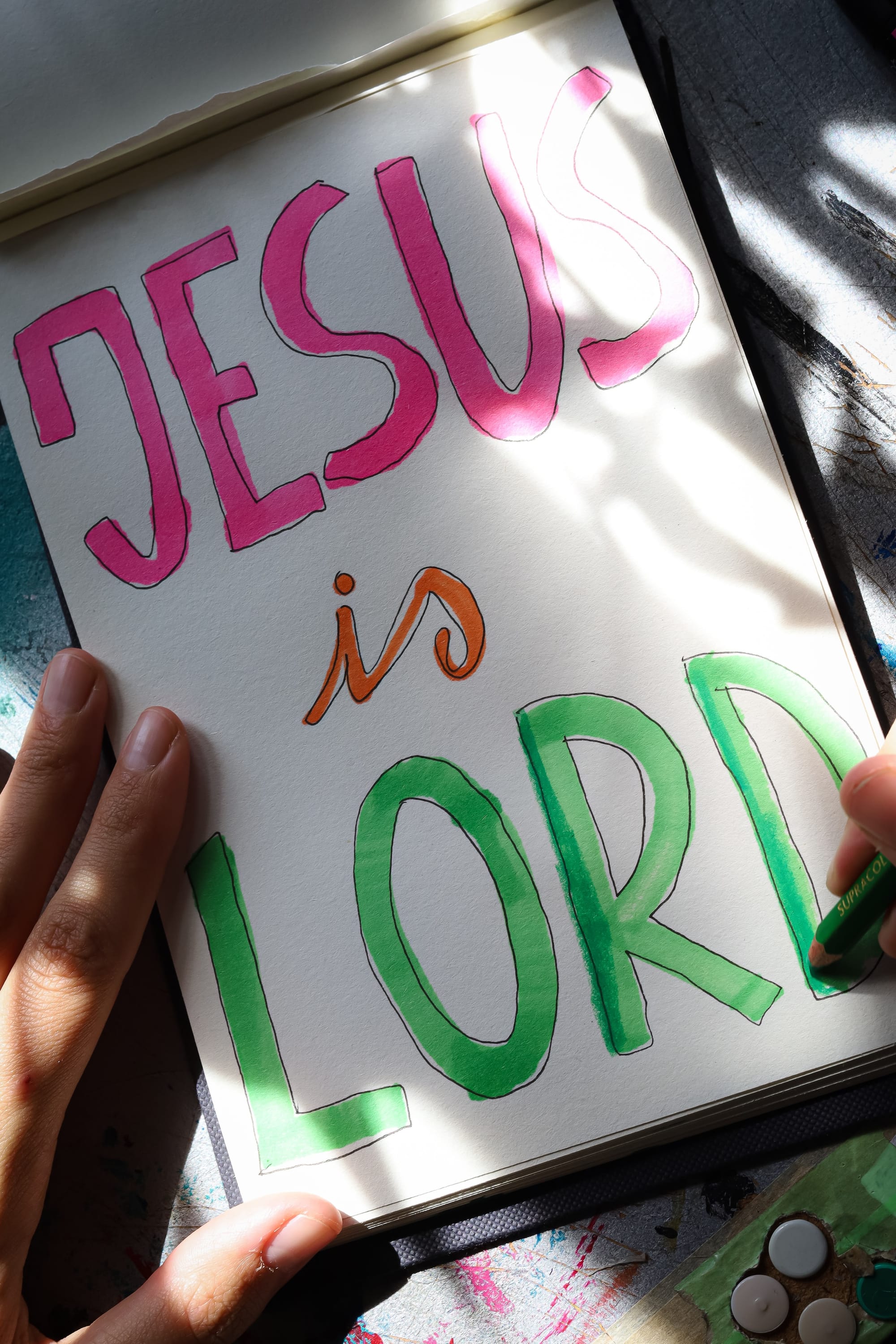I Saw The Lord

The phrase "In the year that King Uzziah died, I saw the Lord" comes from Isaiah 6:1. This verse marks the beginning of the prophet Isaiah's vision of God, a significant moment in his prophetic ministry. Here's the verse in full:
"In the year that king Uzziah died I saw also the Lord sitting upon a throne, high and lifted up, and his train filled the temple."
Context and Meaning
1. Historical Context:
King Uzziah was a long-reigning and powerful king of Judah, whose death marked the end of an era. His reign was noted for military success and prosperity, but he was struck with leprosy for disobedience to God (2 Chronicles 26:16-21). His death symbolizes a transition and possibly a period of uncertainty for Judah.
2. Vision of the Lord:
Isaiah's vision occurs in the temple, where he sees God (the Lord) exalted on a throne. This vision of divine majesty emphasizes God's sovereignty and holiness. It sets the stage for Isaiah's prophetic mission, underscoring the divine authority behind his words.
3. Symbolism:
The year of Uzziah's death represents a time of national change and personal calling for Isaiah. Seeing the Lord "high and lifted up" contrasts with the human king's fallibility and mortality, highlighting God's eternal reign and supreme power.
Related Bible References
1. Isaiah 6:1-8:
The entire passage describes Isaiah's vision, including the seraphim, the altar, and the coal touching Isaiah's lips to purify him. This passage is crucial for understanding Isaiah's call and commission as a prophet.
"Then one of the seraphim flew to me, having in his hand a burning coal that he had taken with tongs from the altar. And he touched my mouth and said: 'Behold, this has touched your lips; your guilt is taken away, and your sin atoned for.'" (Isaiah 6:6-7)
2. 2 Kings 15:1-7 and 2 Chronicles 26:
These chapters provide historical details about King Uzziah's reign, his achievements, and his downfall due to pride and disobedience, resulting in his leprosy and seclusion until his death.
3. Ezekiel 1:1-28:
Another significant prophetic vision, where Ezekiel sees a vision of God’s glory by the Kebar River. This vision includes a vivid description of God's throne and the living creatures around it, paralleling Isaiah’s vision in its grandeur and divine revelation.
4. Revelation 4:1-11:
The Apostle John’s vision of the throne room of heaven, where he sees God enthroned and surrounded by heavenly beings, is reminiscent of Isaiah’s vision.
"At once I was in the Spirit, and behold, a throne stood in heaven, with one seated on the throne." (Revelation 4:2 )
Explanation
The vision of Isaiah in the year King Uzziah died signifies a moment of divine encounter and commissioning against the backdrop of political change. It underscores themes of God’s sovereignty, holiness, and the prophetic mission. The detailed vision, with the Lord on the throne, the seraphim, and the act of purification, underscores the gravity and sacredness of Isaiah's calling. This vision reassures that despite human leadership changes, God's rule remains supreme and His plans unfold through His chosen messengers.